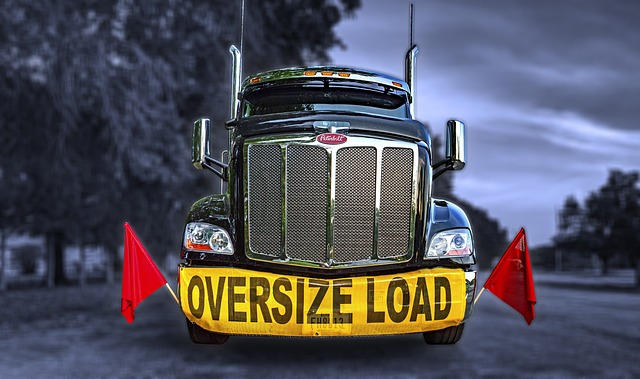Shipping oversized electric vehicles, with their heavy lithium-ion batteries, requires specialized handling due to safety concerns and battery fragility. These vehicles demand tailored transportation solutions like flatbed trucks, custom carriers, temperature-controlled environments, and robust securing mechanisms to prevent damage and overheating. Strict protocols, including proper labeling and documentation, ensure safe transit adherence to regulations for these critical components.
In an era driven by sustainable mobility, the shipping of electric vehicles (EVs) has emerged as a critical aspect of the global transition. With the rise of electric transportation, understanding the unique challenges of shipping oversized vehicles is paramount. This article delves into the intricacies of transporting EVs, focusing on battery safety and handling, temperature control requirements, and specialized logistic strategies. We explore how regulatory compliance, innovative technologies, and sustainability play a pivotal role in shaping the future of EV shipping, particularly when it comes to shipping oversized vehicles.
- Understanding the Unique Challenges of Shipping Electric Vehicles
- – The specific considerations for oversized vehicles
- – Battery safety and protection during transit
Understanding the Unique Challenges of Shipping Electric Vehicles

Shipping electric vehicles, particularly those with high-capacity batteries, presents unique challenges compared to traditional gasoline or diesel cars. One of the primary concerns is the weight and size of these vehicles, which often fall into the category of oversized cargo. This poses significant logistical hurdles for carriers, as specialized equipment and careful planning are required to ensure safe transportation.
The delicate nature of lithium-ion batteries, commonly used in EVs, adds another layer of complexity. These batteries must be handled with extreme care during shipping to prevent damage or overheating, which could lead to catastrophic failures. Additionally, the varying ranges and charging requirements of different EV models necessitate a flexible and efficient transportation strategy, ensuring that batteries remain optimally charged throughout transit.
– The specific considerations for oversized vehicles

When it comes to shipping electric vehicles, especially oversized ones with considerable battery packs, several unique considerations come into play. These vehicles, often characterized by their advanced technology and sustainable energy systems, present challenges that differ from traditional automotive transport. One of the primary concerns is ensuring the safe handling and securement of the batteries during transit, as they are not only heavy but also contain potent energy that must be managed to prevent damage and potential hazards.
Oversized electric vehicles require specialized shipping methods and equipment due to their dimensions and weight. This includes using flatbed trucks or custom-built carriers to accommodate the vehicle’s size, along with robust securing mechanisms to prevent shifting during transport. The battery packs themselves often have specific temperature requirements, necessitating insulated containers or controlled environments to maintain optimal performance and safety standards, particularly for longer shipping durations.
– Battery safety and protection during transit

When shipping electric vehicles, ensuring battery safety and protection is paramount due to the specialized nature of these energy sources. During transit, batteries must be secured to prevent shifting, which could lead to damage or short circuits. Specialized packaging and robust cradles are employed to safeguard these vital components, especially in the case of oversized vehicles like trucks or buses equipped with large-scale battery packs.
Rigorous handling protocols and monitoring systems are implemented to guard against temperature extremes that can affect battery performance and longevity. Proper labeling and documentation are essential to communicate potential hazards and ensure appropriate care during the shipping process, aligning with regulations for oversized vehicle transportation.
In conclusion, shipping oversized electric vehicles presents unique challenges, particularly regarding battery safety. As the demand for these vehicles grows, understanding and addressing these concerns are vital to ensure efficient and secure transportation. By implementing robust protection measures and considering the specific needs of electric vehicles, the logistics industry can facilitate a smoother transition to sustainable mobility solutions, such as Shipping Oversized Vehicles with enhanced battery technology.
